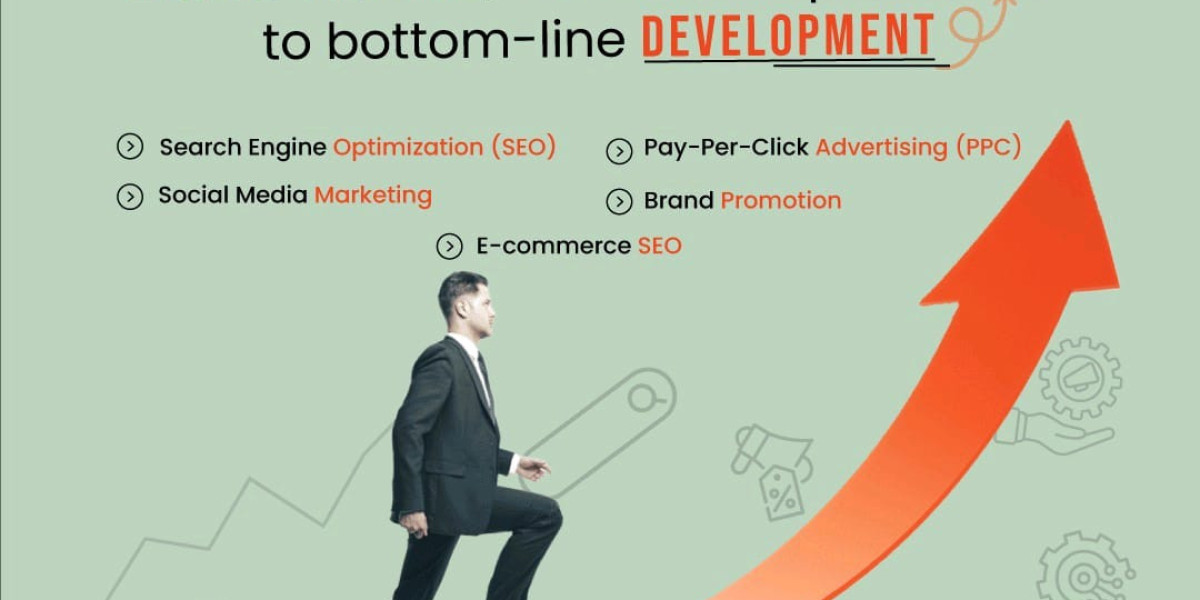In the fast-paced world of digital communication, social media has become an indispensable tool for businesses to connect with their audience, build brand awareness, and drive engagement. Social media marketing (SMM) is not just a trend; it's a powerful strategy that can significantly impact your business's success. In this comprehensive guide, we'll delve into the essential elements of social media marketing and how you can leverage them to boost your online presence.
Understanding Your Audience:
The foundation of any successful social media strategy is a deep understanding of your target audience. Who are they? What are their interests, behaviors, and preferences? Conduct thorough market research to create buyer personas that will guide your content creation and engagement strategies. Knowing your audience is the first step towards creating meaningful connections.
Choosing the Right Platforms:
Not all social media platforms are created equal, and each caters to a different demographic. Focus your efforts on platforms where your target audience is most active. For instance, if your business caters to a younger audience, platforms like Instagram and TikTok might be more effective, while LinkedIn may be the go-to for B2B businesses. Tailor your content to each platform's unique features and audience expectations.
Content is King:
Quality content is the backbone of any successful social media campaign. Create content that is not only visually appealing but also aligns with your brand identity and resonates with your audience. Mix up your content types, including images, videos, infographics, and text-based posts to keep your feed dynamic and engaging. Consistency is key, so establish a posting schedule that works for your audience.
Engage and interact:
Social media is a two-way street. Engage with your audience by responding to comments, messages, and mentions promptly. Encourage discussions, ask questions, and run polls to boost interaction. Building a sense of community around your brand fosters loyalty and encourages word-of-mouth promotion.
Utilizing Paid Advertising:
While organic reach is valuable, paid advertising can amplify your social media efforts. Most platforms offer targeted advertising options, allowing you to reach specific demographics based on factors like age, location, and interests. Develop a well-thought-out ad strategy to maximize your return on investment.
Analytics and Data:
Regularly analyze your social media performance using analytics tools provided by each platform. Track metrics such as engagement, reach, and conversion rates. Use this data to refine your strategy, identifying what works and what needs improvement. A data-driven approach is crucial for adapting to the ever-changing landscape of social media.
In the dynamic landscape of digital marketing, social media platforms have become indispensable tools for businesses aiming to expand their reach and connect with their target audience. Among the myriad of social platforms, Instagram, LinkedIn, and Facebook stand out as giants in the field, offering unique opportunities for businesses to engage, promote, and grow. In this article, we will explore the key strategies for effective marketing on Instagram, LinkedIn, and Facebook.
Instagram Marketing:
Visual Storytelling: Instagram is a visual-centric platform, making it essential for businesses to tell their brand story through compelling visuals. Invest in high-quality images and videos that resonate with your brand identity.
Hashtags: Utilize relevant hashtags to increase the discoverability of your content. Create a branded hashtag to encourage user-generated content and foster a sense of community around your brand.
Instagram Stories and Reels: Leverage the power of Instagram Stories and Reels to create engaging, ephemeral content. These features allow businesses to showcase behind-the-scenes footage, promotions, and time-limited offers, keeping followers hooked.
Influencer Marketing: Collaborate with influencers whose audience aligns with your target demographic. Influencers can help amplify your brand message and reach a wider audience authentically.
LinkedIn Marketing:
Professional Branding: LinkedIn is a platform tailored for professionals, making it crucial for businesses to maintain a polished and professional presence. Optimize your company profile with a comprehensive description, logo, and relevant keywords.
Thought Leadership: Establish your brand as an industry thought leader by sharing valuable content, industry insights, and engaging in meaningful conversations. Publish articles on LinkedIn to showcase your expertise and perspective.
Networking and Groups: Actively engage with your industry peers, clients, and potential customers. Join and participate in relevant LinkedIn Groups to connect with like-minded individuals and expand your network
Sponsored Content and Ads: LinkedIn offers robust advertising options, allowing businesses to target specific demographics based on professional attributes. Sponsored content, sponsored InMail, and display ads can be powerful tools to increase brand visibility.
Facebook Marketing:
Content Variety: Facebook accommodates various content formats, including text, images, videos, and live streams. Diversify your content to cater to the preferences of your audience and maintain a consistent posting schedule.
Facebook Groups: Create or participate in Facebook Groups related to your industry or niche. These groups provide a space for community building, customer support, and direct interaction with your audience.
Facebook Ads: With sophisticated ad targeting options, Facebook Ads enable businesses to reach specific demographics, interests, and behaviors. Experiment with different ad formats, such as carousel ads, video ads, and lead generation ads.
Analytics and Insights: Utilize Facebook Insights to track the performance of your content. Analyze key metrics like reach, engagement, and click-through rates to refine your strategy and optimize future campaigns.
Conclusion:
Effectively harnessing the potential of Instagram, LinkedIn, and Facebook requires a tailored approach that considers the unique strengths and demographics of each platform. By crafting a cohesive social media strategy that integrates these platforms seamlessly, businesses can establish a robust online presence, foster community engagement, and ultimately drive growth in the digital era.
Social media marketing is a dynamic and ever-evolving field that requires a strategic and adaptable approach. By understanding your audience, choosing the right platforms, creating compelling content, engaging with your audience, utilizing paid advertising, and leveraging analytics, you can build a robust social media presence that drives meaningful results for your business. Remember, consistency and authenticity are key, so stay true to your brand while embracing the creative possibilities that social media offers.



